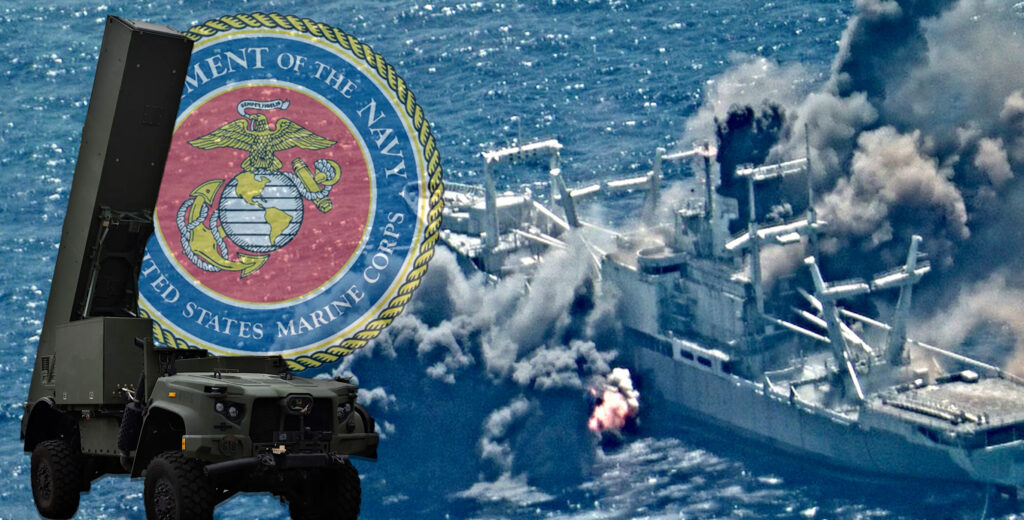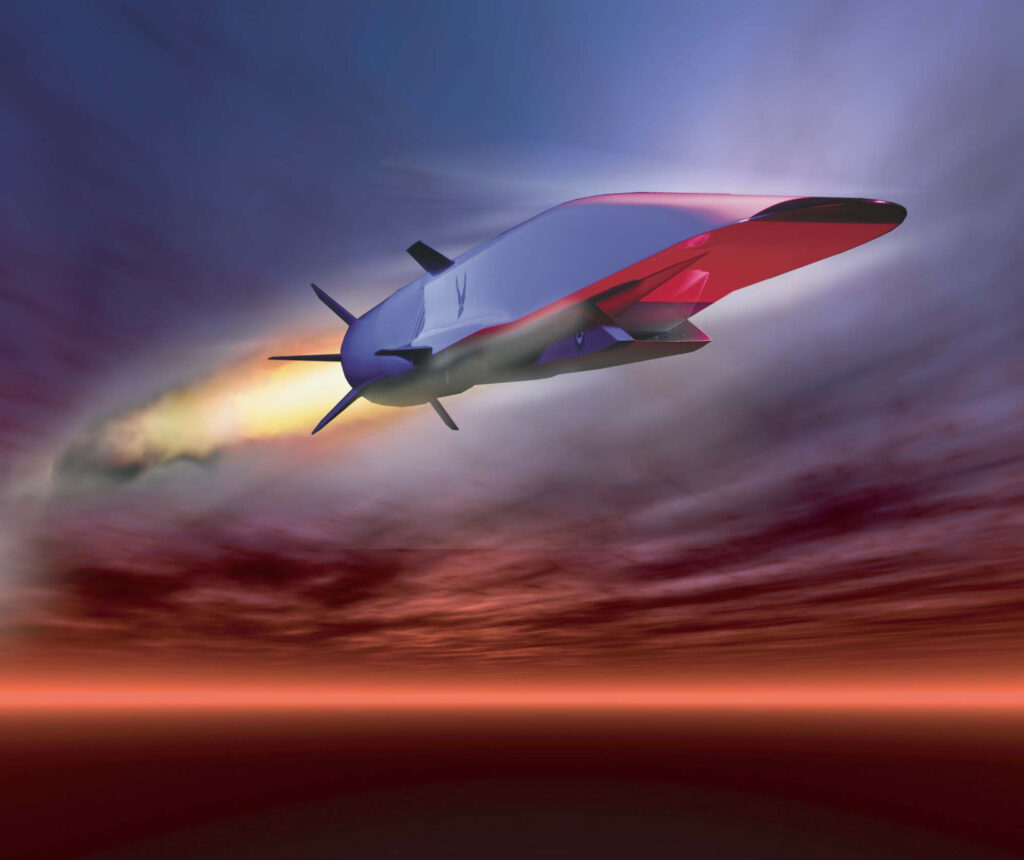After two decades of asymmetric ground-based warfare, the United States Marine Corps continues to transition toward becoming a more modern naval expeditionary force with its latest weapons platform, the Long Range Fires Launcher (LRFL). The platform emerged last week, but despite the novel capabilities it will provide, the truth is, the LRFL is a collection of technologies that are already in service elsewhere. However, LRFL will leverage these technologies to new ends — and it all centers around the venerable Tomahawk cruise missile.
Tomahawks are a common facet of America’s unique brand of kinetic diplomacy, with U.S. leaders using the weapon for a variety of reasons due to its long range, high success rate, and extreme precision to engage targets. In fact, the Tomahawk is often the very first weapon used by American leaders whether on its own in a limited strike, or as the opening volley of a much larger combat operation.
But for the most part, Tomahawk launches have long been carried out by Navy ships equipped with vertical launch tubes. Now, Uncle Sam’s favorite gun club will be able to leverage the very same weapon system from a new, unmanned, ground-based launcher to dramatically increase the force’s ability to engage targets at longer ranges… including enemy ships at sea.
Related: Just how big is China’s Navy? Bigger than you think
The Long Range Fires Launcher (LRFL)

The LRFL is an uncrewed tactical vehicle that carries a single Tomahawk cruise missile, allowing Marines to engage targets at ranges of hundreds of miles or more. Importantly, the platform itself is designed to support rapid deployment in austere environments, allowing Marines to quickly take islands and begin wreaking havoc on any enemy vessels or positions within reach.
The basis for the Corps’ new Long Range Fires Launcher (LRFL) is the Remotely Operated Ground Unit for Expeditionary-Fires (ROGUE-Fires) vehicle, which itself is an unmanned iteration of the Oshkosh Defense’s Joint Light Tactical Vehicle (JLTV).
The JLTV program was a joint venture between the U.S. Army, U.S. Marine Corps, and U.S. Special Operations Command to field a suitable (but partial) replacement for the venerable HMMWV, more commonly known as the Humvee. With tens of thousands of these platforms built in at least four iterations, the JLTV has proven to be a broadly capable vehicle that the Navy and Marine Corps have continued to find novel uses for since it initially entered service in 2019.
The same ROGUE-Fires vehicle also serves as the basis for the Navy Marine Expeditionary Ship Interdiction System (NMESIS) launcher vehicle which provides a similar value but is built to carry two Naval Strike Missiles (NSMs), rather than one Tomahawk. The NSM is a nimble and stealthy anti-ship weapon designed to skim just about the sea surface with a high power-to-weight ratio to allow for dramatic maneuvering. It can deliver a 500-pound high explosive payload to targets as far away as 200 miles.

The Marine’s new LFRL, on the other hand, can deploy any iteration of the long-serving BGM-109 Tomahawk cruise missile — some of which can reach targets further out than 1,200 miles — while carrying a 1,000-pound warhead. In fact, the most modern Block III and forward Tomahawks blur the line between cruise missiles and suicide drones as they can even loiter over a battlespace for hours under power while receiving updated target data in real-time via a two-way data link.
Further, the most modern Block IV Tomahawk missiles can do a great deal more than simply strike targets: Thanks to a new electro-optical sensor, a second missile can now fly over previous targets to relay imagery back to a command element for battle damage assessments, making this broadly capable missile into a limited reconnaissance and intelligence gathering tool as well.
Related: Could cheap Tomahawk missiles be better than hypersonic ones?
Block V Tomahawks will give Marines even more capability

The latest and greatest Tomahawk cruise missiles, known as Block V, will offer Marines even more capability and flexibility in leveraging these unique weapons as an expeditionary force. With the ability to hit surface ships at ranges of more than 1,000 miles, the LRFL gives the Marine Corps the ability to quickly establish an area-denial bubble around any occupied position, including captured islands.
The Block V Tomahawk is a subsonic weapon, which may seem slow in this era of hypersonic hype, but the truth is, flying low and slow offers some significant benefits.
“The benefit of the sub-sonic missile is range,” Bryan Clark, a retired submarine officer and senior fellow at The Hudson Institute, told Defense News. “Being sub-sonic means it’s also able to travel at a more fuel-efficient speed. So, the fact that the Tomahawk can travel more than 1,000 miles is a function of the sub-sonic speed. To get that kind of range out of a super-sonic missile you’d need something much larger.”
Those low speeds don’t make for an easy weapon to jam or intercept either. The missile is designed to skim just above the water surface as it closes with its target, flying below the view of most ship-borne air defense radars. It’s also been hardened against jamming and other forms of electronic warfare, with the ability to rely on other forms of navigation even in GPS-jammed environments. Its onboard systems even allow it to rapidly course-correct while closing with moving targets like an enemy ship sailing at full speed.
Read more from Sandboxx News
- The CIA used miniature models to meticulously plan high-stakes operations
- The Smatchet was a beastly weapon for WWII commandos designed by the legendary William Fairbairn
- Ukrainian forces are using a clever and cheap method to take out Russia’s best tanks
- What is the legendary Black Triangle UFO?
- X-Planes: Experimental aircraft that changed the world without you knowing





